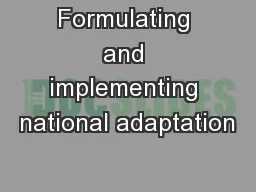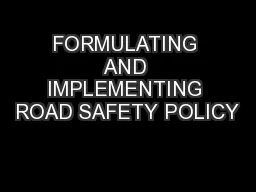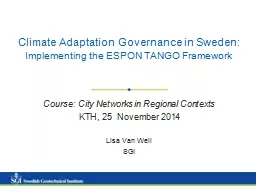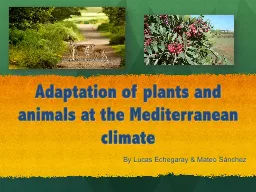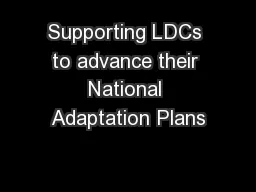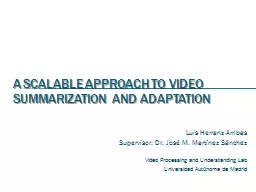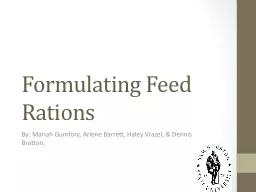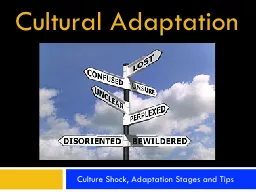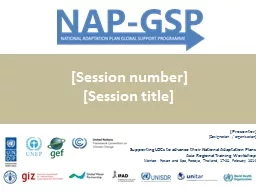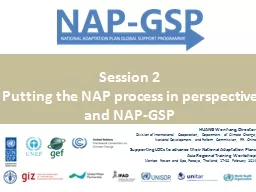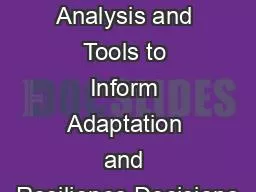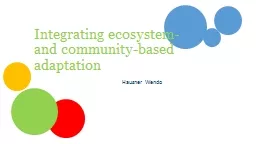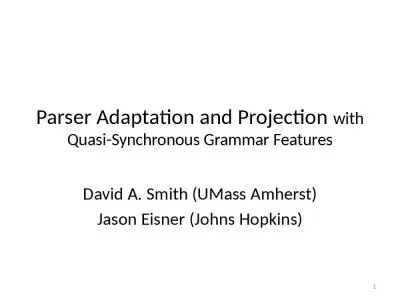PPT-Formulating and implementing national adaptation
Author : liane-varnes | Published Date : 2017-12-24
plans NAPs JCCCP Inception Workshop 2627 January 2016 Radisson Aquatica Resort Barbados Adaptation Programme UNFCCC secretariat Julie AmorosoGarbin Outline Evolution
Presentation Embed Code
Download Presentation
Download Presentation The PPT/PDF document "Formulating and implementing national ad..." is the property of its rightful owner. Permission is granted to download and print the materials on this website for personal, non-commercial use only, and to display it on your personal computer provided you do not modify the materials and that you retain all copyright notices contained in the materials. By downloading content from our website, you accept the terms of this agreement.
Formulating and implementing national adaptation: Transcript
Download Rules Of Document
"Formulating and implementing national adaptation"The content belongs to its owner. You may download and print it for personal use, without modification, and keep all copyright notices. By downloading, you agree to these terms.
Related Documents

